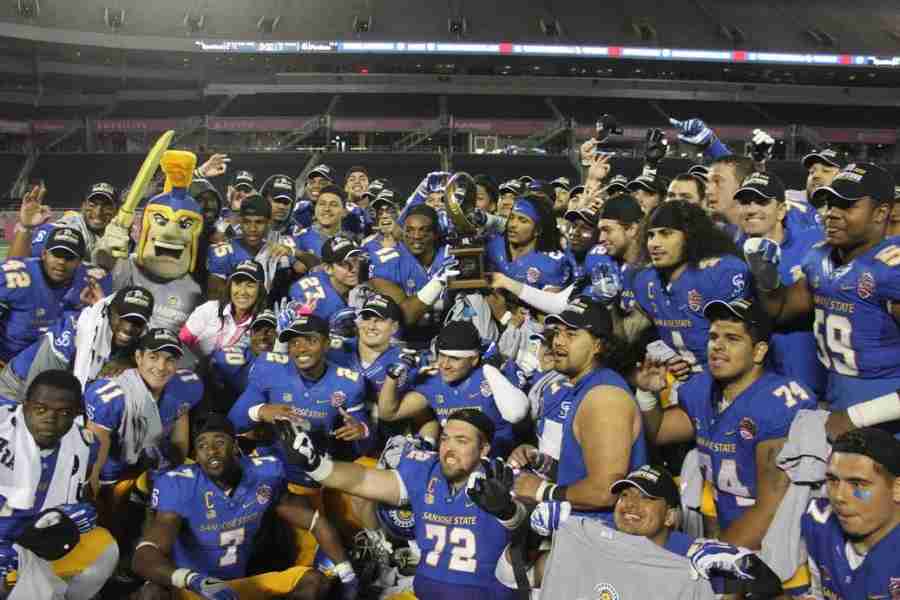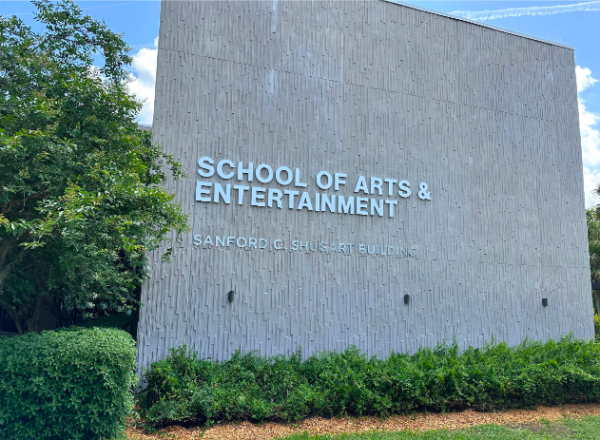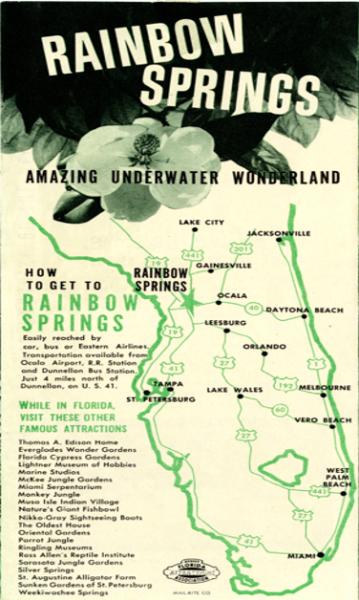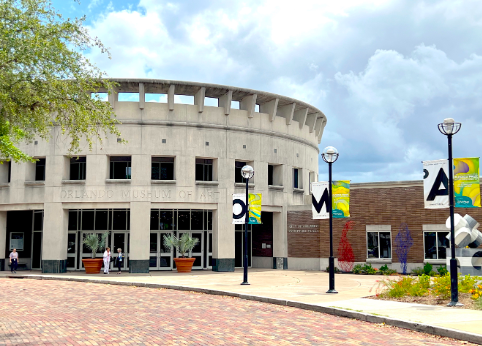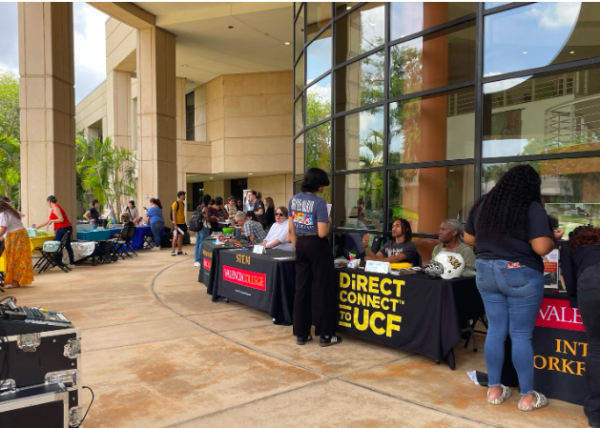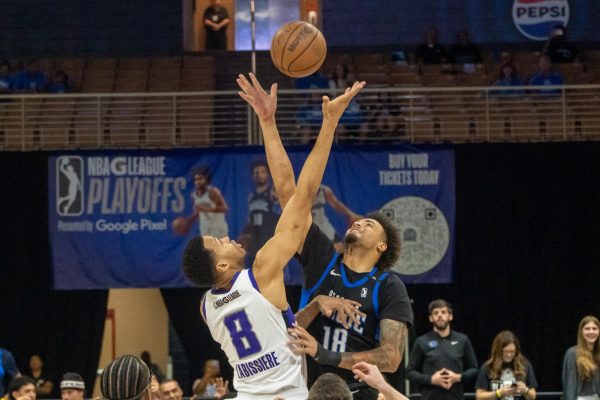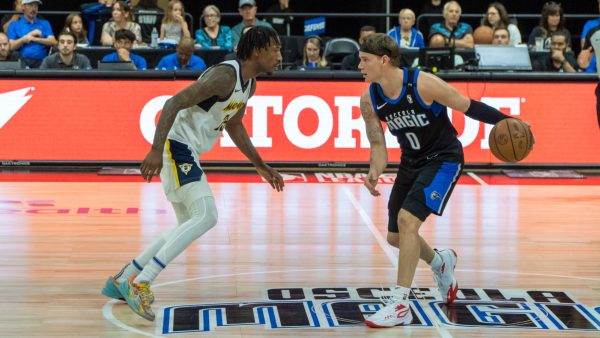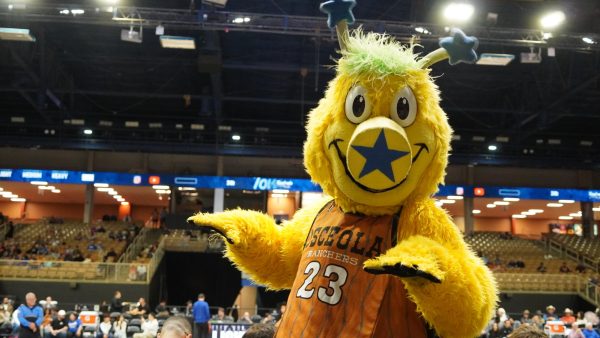CureBowl means much more than just a postseason win
The AutoNation CureBowl raised over a million dollars to cancer research.
Every year college football teams in the FBS compete in a twelve game season for a chance to make it to a Bowl game and to close the season out with a big postseason win.
For many Bowl games it is a great opportunity for advertising and to produce a profit, that is where the AutoNation CureBowl has separated itself from the crowd.
The inaugural game last week at the Orlando Citrus Bowl saw the Georgia State Panthers face the San Jose State Spartans. San Jose took the inaugural trophy defeating Georgia State 27-16, but this game meant so much more than who won on the field.
This game was about the fight against breast cancer.
More than a million dollars were donated to the cause. Autonation as the title sponsor donated $1 million to the Breast Cancer Research Foundation. The Orlando Sports Foundation, the curator of the bowl, donated $150,000 to the cure; this was the largest charitable donation from any bowl game ever.
“It’s the first of it’s kind, there are a lot of college football bowl games out there, but it’s the first to have such a strong charitable component to it that it’s actually in our name.” said the marketing manager for Florida Hospital, Jennifer Harper.
Besides the name, the game is set apart by its presenting sponsor being a health care provider, Florida Hospital.
The goal of the game was not only to celebrate the long, hard-fought season of football these two teams played, but also to raise awareness of breast cancer and to promote funding of research for a cure.
“All the funds from today will go directly to the Breast Cancer Research Foundation,” said Harper. “The money will be directed to research here in our own backyard.”
Funds will be distributed to the University of Central Florida where Dr. Annette Khaled leads the research there as well as to Florida Hospital’s own physicians where they will work in conjunction on a cure.
The hospital was able to curate the Cure Village which was available for attendants to learn about breast cancer and ways to combat it. The Village was a unique take on a college gameday tailgate.
Booths were abundant with different sponsors all tying in their business to breast cancer while still giving away free stuff and providing games for the children. Even the Orlando Magic and the Orlando Solar Bears were in attendance to help spread the word about the fight against cancer.
The most important part of the Cure Village however, wasn’t the free koozies or the corn hole, it was the mammography bus.
The bus was there with licensed physicians and nurses to provide free mammograms to women, but also to educate and show participants that a mammogram isn’t scary or painful and is essential to any woman over 40 years old.
Breast cancer is the No. 2 cancer killer of woman only behind lung cancer. The American College of Radiology states that women should get a mammogram every year after the age of 40 years.
“Here in Central Florida, only half of women who should be getting a mammogram are getting them” said Harper. “Yes, we’ve made strides in awareness but, there is still more to do.”
According to Harper, she imagines that one of the reason there is this stigma of breast cancer screening is that women are so busy in today’s world with maintaining the household, the children and even work, they don’t necessarily prioritize themselves.
Harper also cites a lack of insurance or lack of knowledge of one’s coverage as one of the root causes for the avoidance of screenings. Most insurance companies, about 99% of them, provide preventative mammogram screenings with a $0 copay.
There are many options for the uninsured as well with the help of the Breast Cancer Research Fund.
“The main thing is fear. We hear a lot of women have heard that it is a painful procedure and are scared to go because it may hurt.” said Harper as a woman entered the screening bus behind her. “But, there is also the fear of what the mammogram may find, a fear of the diagnosis.”
Most of the funds are going to tissue research from Dr. Khaled on tissues and different types of cancers and how they are affecting the tissue.
“My grant is aimed at identifying drug therapies that can seek out specific metastatic breast cancer cells my lab discovered known as chaperonin-containing T-complex, or CCT– and kill them.” said Dr. Khaled via an instagram takeover of the BCRF’s profile.
Looking ahead to the future, the long term goal is to make Breast Cancer awareness more than just the month of October or wearing pink, but to make it a 365 day event where people are educated and knowledgeable on the risks and preventative measures they can take.
“There is a lot that you can do, we say it’s something as simple as reminding the women in your life, asking them if they’ve had a mammogram and pushing them to make themselves a priority.” stressed Harper about the ability to help the cause. “Something as simple as that can go a long way.”

